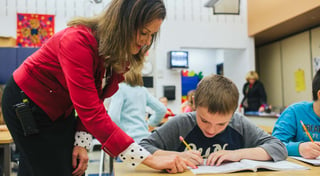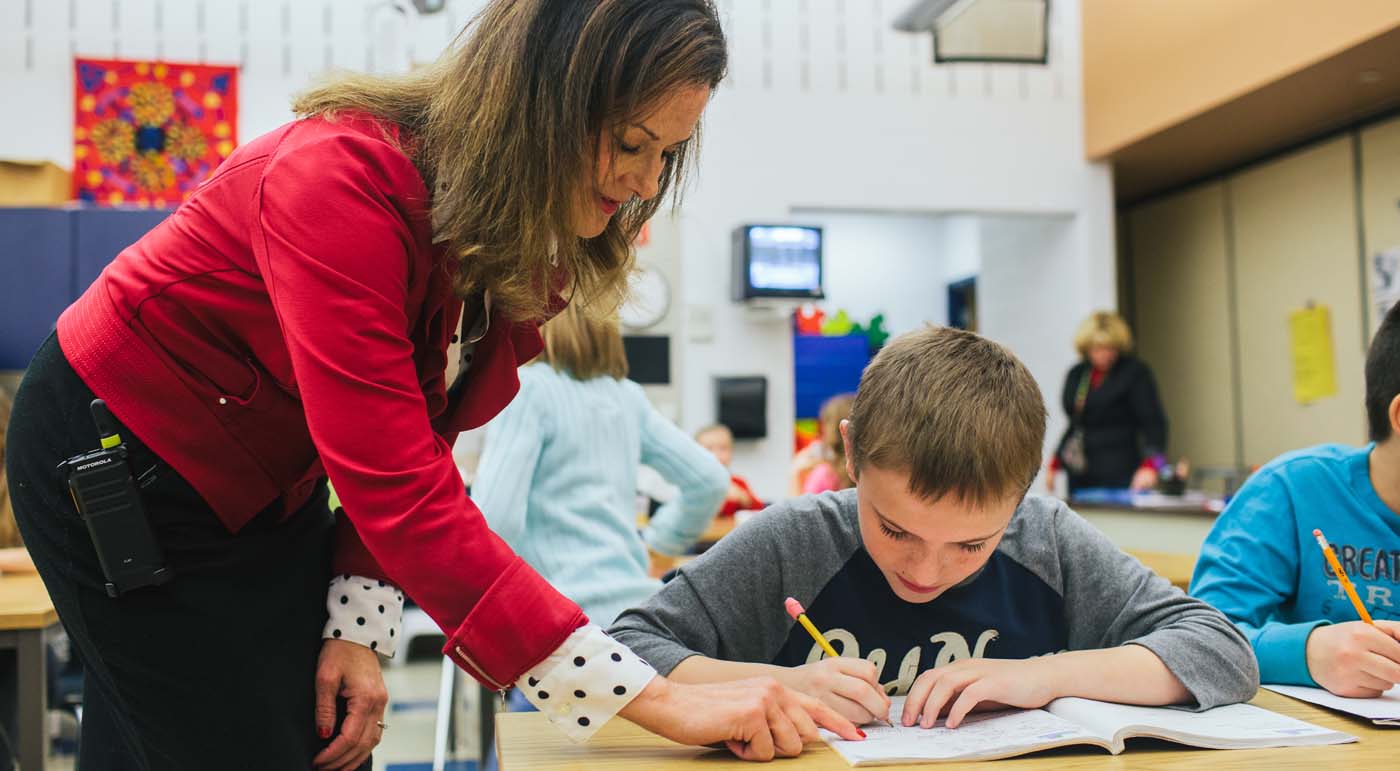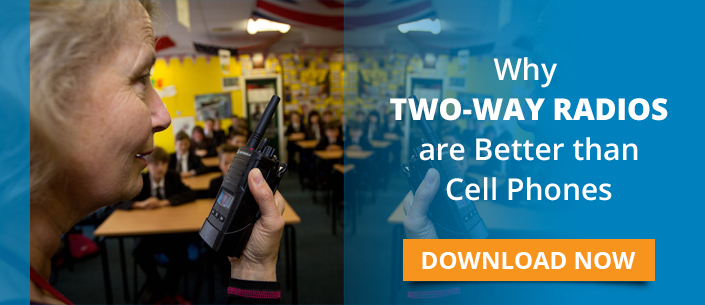School administrators bear responsibility for so many things: compliance with regulations, relationships with parents and the community, and,  of course, delivering the best education for their students. But possibly the most sensitive area of responsibility is student safety. Tragically, school shootings are in the news with increasing frequency. And while most principals and administrators are pouring a great deal of effort into ensuring safety in schools against that backdrop, for many administrators, it's difficult to know where to start.
of course, delivering the best education for their students. But possibly the most sensitive area of responsibility is student safety. Tragically, school shootings are in the news with increasing frequency. And while most principals and administrators are pouring a great deal of effort into ensuring safety in schools against that backdrop, for many administrators, it's difficult to know where to start.
One place to start is ensuring that school faculty are ready to deal with emergencies. Faculty are really the “first responders” in the event of an emergency, and they are often tasked with communicating with the public safety first responders to ensure proper actions can be taken. Administrators can ensure that faculty are ready to serve in this critical capacity by:
1. Creating a culture of safety
Having detailed emergency plans and effective communication equipment are invaluable to the security of your students and staff, but an important first step to take in ensuring school safety is instilling a culture of safety throughout your campus. By clearly communicating a message of preparedness and readiness to your faculty and the student body, you are laying the foundation for a working partnership with first responders when an emergency occurs.
Consider extending an open invitation to local law enforcement and fire personnel, granting them access to stop by the school if they are in the neighborhood or on a lunch break. This not only helps your students grow accustomed to seeing local public safety departments around school, but it also allows these potential first responders an opportunity to familiarize themselves with the layout of the campus, and the names and faces of faculty there.
You can also encourage teachers to host safety demonstrations given by local policemen, or hold monthly safety events where students can all get involved and learn what to do in an emergency situation.
In the end, the more you open your school and students up to local public safety, the stronger your culture of safety will be.
2. Asking questions and being flexible
When preparing for an emergency, it's important not to assume that you know everything. While teachers, principals, and school administrators have a great deal of valuable information about the school and its students, when it comes to school emergencies, the expertise that counts most is often that of local police officers, EMTs, and fire personnel, so be sure to use those resources.
Ask for feedback from local departments on your emergency preparedness, your fire plan and maps, and even how safe they believe your school currently is. Ask “what if” questions to gain insights into rare, but dangerous, scenarios like an active shooter, school lockdown, or weather emergency.
And, when you receive answers to your questions, remember to remain flexible. Your local police and fire departments are there to help, and in order for you to best partner with them as first responders and keep your students, faculty, and staff safe, you need to be able to adjust accordingly and be as flexible as needed. This could mean revamping your safety plan, ordering new communication equipment, or changing how to conduct fire drills. Whatever the request, keep in mind that public safety officials really do know best when it comes to school safety.
3. Understanding your resources
An important step in a successful partnership with public safety is understanding the resources and assets required for a particular situation. For example, how will your school communicate with police or fire departments in the event of an emergency? Do you have digital two-way radios in the school that offer push-to-talk capabilities?
By communicating with police and fire teams, you’ll learn what devices and other equipment you'll need in order to effectively communicate during an emergency (critical communications). In some cases, this means you will need to order new equipment, get rid of outdated devices, or just receive proper training on how to use what you already have.
When you understand what resources your school needs to stay safe, you will feel much more comfortable and confident in the event that an emergency arises.
Safety is a major consideration when planning for improvements to technology in schools. To learn about creating an effective communication strategy for your school, download our free eBook below or contact Chicago Communications today.



